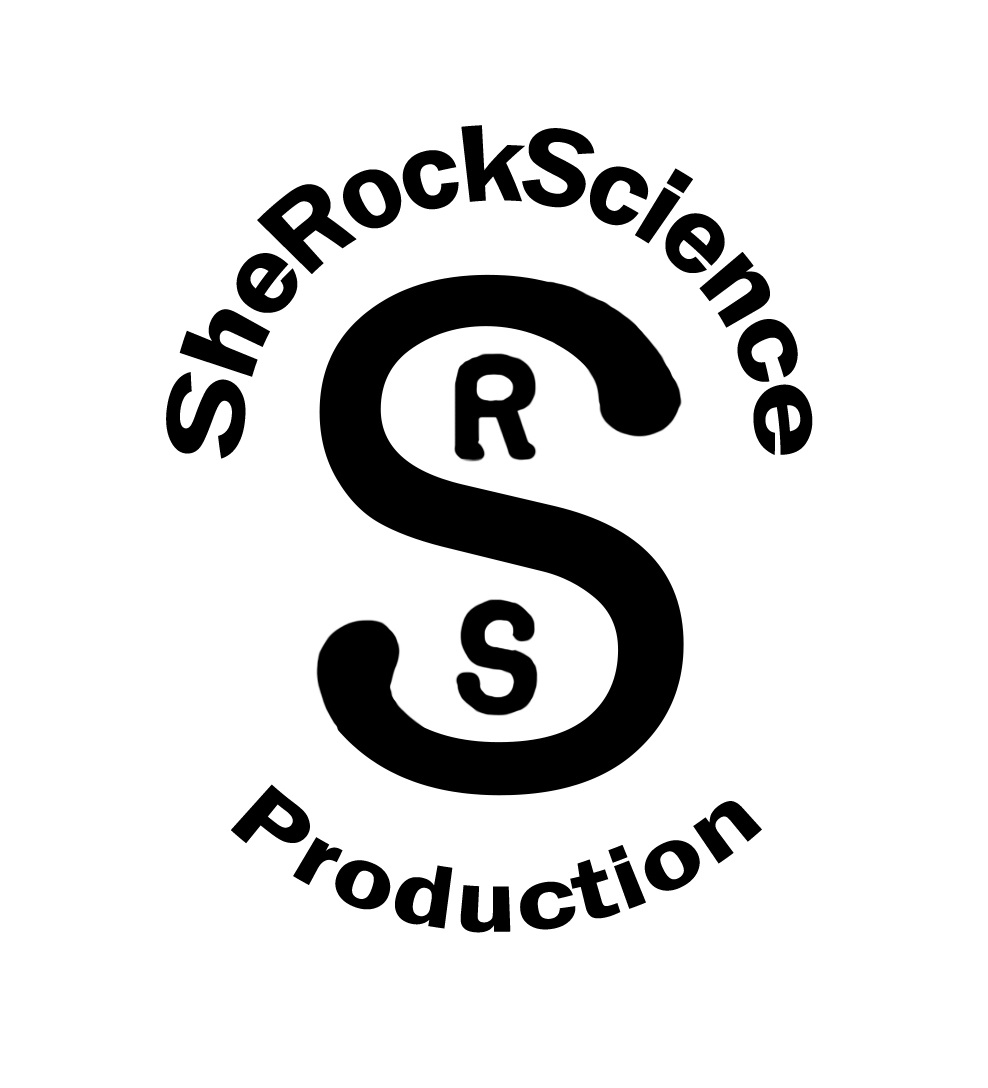Stable iridium dinuclear heterogeneous catalysts supported on metal-oxide substrate for solar water oxidation. PNAS. 2018. https://doi.org/10.1073/pnas.1722137115
Authors:
Imagine a hot summer day, you are standing by a cool pool, but a brazen someone prematurely pushes you into the water. You are wet, yet, it feels great! The person who pushed you into the water is a catalyst that took you from a hot-dry state to a cool-wet state. Catalysts are wide-spread and naturally occurring in chemistry and biological systems alike.
This recently published article by Zhao et al. (PNAS) unravels mysteries surrounding a poorly defined dinuclear heterogeneous catalyst, or DHC, that is based on two iridium metal cations bridged by oxygen. The catalyst ultimately helps with water oxidation, which is an essential step in natural and artificial photosynthesis. The catalyst works so well because it is bound to an iron(III)oxide supporting substrate. The scientists definitively characterize this structure in several steps described throughout the publication.
Propelling the work forward was a key step of a photochemical treatment. Furthermore, techniques such as X-ray photoelectron spectroscopy (XPS) and electron energy-loss spectroscopy (EELS) determined that organic ligand precursors were removed. Digging deeper into the structural components, microscopy and spectroscopic characterization confirmed the iridium-oxygen-iridium structure (Ir DHC). The high yield was created by the photochemical treatment rather than previous work with thermal annealing or electrochemical decomposition.
Rather than just describe the structure, the scientists took the research a step further and built a model to show how the iron(III)oxide substrate interacted with the Ir DHC. In addition, photoelectrochemical characterization helped describe the role of the catalyst behavior. The research described in this paper culminates in a proposed mechanism including the synergistic effects of the dinuclear catalytic site (Ir DHC).
The advances of this work will contribute to the design and optimization of heterogenous catalysts and electrocatalysts. The understanding of what is occurring in the atomic structure is a crucial step forward. The thorough and elegant research described in this article is just a splash of pool water as to the future discoveries that will result from the foundation of this work.
